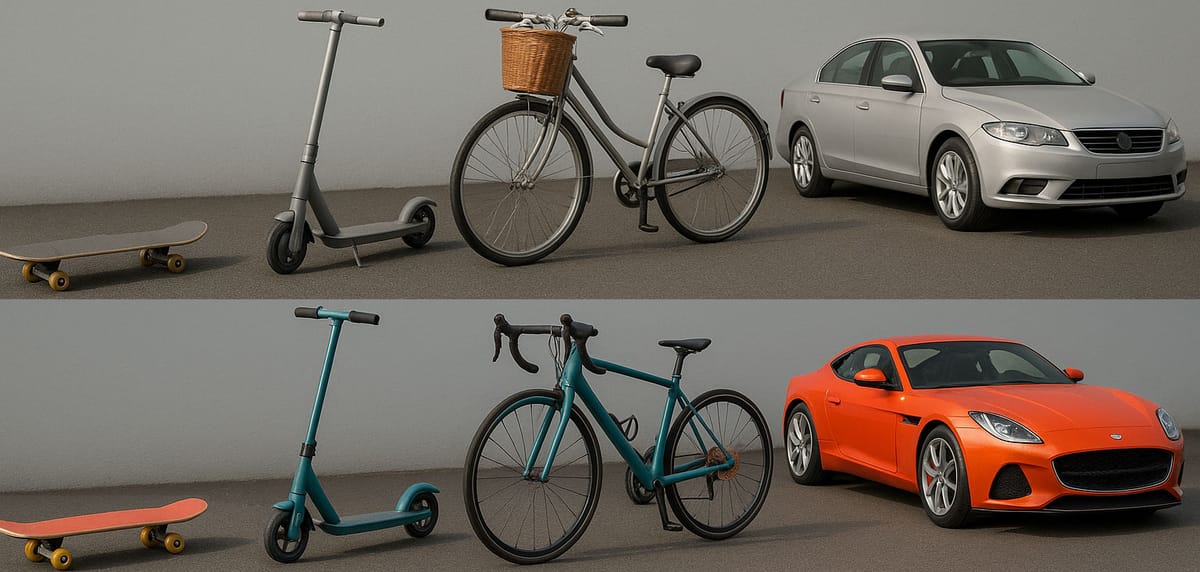From MVP to MLP: The Evolution of Product Development Strategy

The Shift from 'Viable' to 'Lovable'
At TSD, we've been advocates of the Minimum Viable Product (MVP) approach for over 15 years. This methodology has served our clients well, enabling them to balance initial investment against concept validation. However, we've recently been introduced to an evolution of this concept that we find particularly compelling: the Minimum Lovable Product (MLP).
This subtle but meaningful shift from 'viable' to 'lovable' represents more than just a change in terminology—it signals a fundamental rethinking of how we approach early-stage product development and the relationship between functionality and user experience.
Understanding the MVP: A Foundation for Innovation
Before delving into the MLP concept, it is worth revisiting what makes the MVP approach so valuable. The Minimum Viable Product methodology focuses on creating the simplest version of a product that can effectively test business hypotheses with real users. The key attributes of an MVP include:
- Reduced development time: By focusing on core functionality, teams can get to market faster
- Lower initial investment: Less development means lower upfront costs
- Faster validation: Early user feedback helps validate or invalidate assumptions quickly
- Pivot potential: If the concept isn't resonating, teams can change direction before significant resources are committed
For many of our clients, this approach has been transformative. Rather than spending months or years perfecting a product in isolation, they've been able to test their concepts with real users, gather valuable feedback, and iterate based on actual market response rather than assumptions.
The MVP Challenge: When 'Viable' Isn't Enough
Despite its advantages, we've observed some recurring challenges with the traditional MVP approach:
- User disappointment: When a product is too minimalist or rough around the edges, users may form negative first impressions that are difficult to overcome
- Feedback quality: Users interacting with a bare-bones product may struggle to envision its potential, limiting the value of their feedback
- Adoption hurdles: A purely functional product without attention to user experience can struggle to gain traction, even if the core concept is sound
- Brand perception: An overly sparse initial product can damage brand perception, particularly for established companies
These challenges have led us to embrace the concept of the Minimum Lovable Product, which addresses these shortcomings whilst retaining the agility and efficiency that makes the MVP approach so valuable.
The MLP Approach: Making Products People Love from Day One
A Minimum Lovable Product shifts the focus from "what's the least we can build?" to "what's the least we can build that people will love?" This subtle reframing has profound implications for product development.
The MLP approach recognises that user experience isn't a layer of polish to be added later—it's fundamental to how users perceive and interact with a product from their very first encounter.
Key characteristics of an MLP include:
- Emotional connection: An MLP aims to create a positive emotional response from users from day one
- Thoughtful design: While still minimal, an MLP includes carefully considered design elements that enhance usability and appeal
- Core user journeys: All critical user journeys are not just functional but delightful to complete
- Quality over quantity: Features may still be limited, but those that are included are polished and refined
Why the Shift to MLP Makes Sense
At TSD, we believe the evolution from MVP to MLP reflects several essential realities of the current digital landscape:
1. Rising User Expectations
Today's users have high expectations for digital experiences. With so many well-designed products competing for attention, even early versions must provide a compelling experience to gain traction.
2. The Cost of Switching
In many markets, the cost for users to switch between products has never been lower. If your initial offering doesn't impress, users will unlikely return for version 2.0.
3. Word of Mouth as Marketing
In the age of social media, user experiences—both positive and negative—spread quickly. An MLP increases the likelihood of positive word-of-mouth marketing from your earliest adopters.
4. Emotional Connection Drives Retention
Products that connect emotionally with users see higher retention rates and more meaningful feedback, creating a virtuous improvement cycle.
Implementing the MLP Approach: Practical Considerations
Shifting from an MVP to an MLP mindset does require some adjustments to the development process:
Expanded Discovery Phase
The discovery phase needs to encompass functional requirements, user experience aspirations, and emotional design targets.
Cross-Disciplinary Collaboration
Designers and UX specialists must be involved from the earliest stages, working alongside developers to ensure that even the first iteration delivers a cohesive experience.
User-Centric Success Metrics
Success metrics need to expand beyond functionality to include user satisfaction, delight, and emotional connection measures.
Balanced Scope Management
The challenge is to add just enough design and experience elements to create delight without substantially increasing development time or costs.
Real-World Impact: MLP Success Stories
We've already seen promising results from adopting the MLP approach with several clients:
- A fintech startup that focused on creating a beautifully simple onboarding experience saw adoption rates 35% higher than industry averages, despite having fewer features than competitors
- An e-commerce client who prioritised a streamlined, delightful checkout process achieved conversion rates 22% above their previous platform, even before adding all planned functionality
- A SaaS client whose MLP focused on making data visualisation both functional and visually engaging reported significantly higher user engagement and more constructive feedback than we would have expected with previous projects
Finding Your Balance: MVP vs MLP
It's important to note that the shift from MVP to MLP isn't binary—it's a spectrum. The right approach for your product will depend on several factors:
- Market maturity
- Competitive landscape
- Brand expectations
- Available resources
- Timeline constraints
The key is finding the right balance between speed to market and quality of experience that aligns with your specific business goals and user expectations.
Conclusion: Embracing the MLP Mindset
At TSD, while we value the principles that make MVPs effective, we increasingly advocate for the MLP approach over MVP with our clients. We believe that creating something users love—even at the earliest stages—leads to better outcomes for everyone:
- Users get products that are not just functional but enjoyable to use
- Businesses receive more meaningful feedback and build stronger connections with early adopters
- Development teams gain clearer direction and more satisfaction from creating experiences that users genuinely appreciate
The additional investment in user experience and design that the MLP approach requires is rarely wasted effort. Instead, it frontloads value creation and establishes a foundation for sustainable growth.
Ready to Create Your Minimum Lovable Product?
Are you ready to get started with your idea and bring it to life using the Minimum Lovable Product methodology? At TSD, we specialise in helping clients find the right balance between speed, functionality, and user delight.
Whether you're looking to validate a new concept or evolve an existing product, our team of experts can help you create something your users will truly love from day one.
Contact us today to discuss how we can help transform your vision into a lovable reality.
